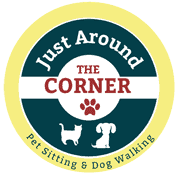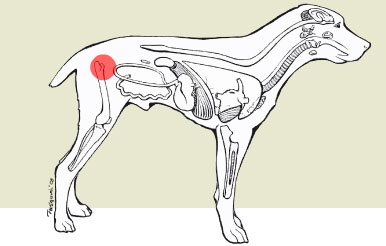Canine Hip Dysplasia
The free and easy movement of the hips and legs are due in part to the ball and socket joint. The end of the thighbone (the ball) should fit snugly into the hipbone (the socket). Any deformity in the joint, connective tissues or muscles surrounding the joint is referred to Hip dysplasia. Hip dysplasia prevents free movement and can be quite painful. While it is most commonly found in older dogs, puppies and young adult dogs are still susceptible to developing this painful condition. So, what exactly causes canine Hip dysplasia?
Causes of Hip Dysplasia in Dogs:
•Exercise that puts excessive force on the joints
•Extra weight
•Poor Diet
•Heredity
•Over-vaccination
Symptoms of Hip dysplasia in Dogs:
•Stiffness of limbs – especially the rear legs
•Limping
•Difficulty moving
•Abnormal gait
•Less interest in physical activities
There are many natural supplements that relieve pain and inflammation associated with canine Hip dysplasia and other arthritic conditions. Your holistic veterinarian can guide you on how to best include fatty acids, vitamins, Glucosamine, Chondroitin and Methyl-sulfonyl-methane into your dog’s dietary intake. These will all reduce pain and swelling. Additionally, herbs such as dandelion, alfalfa, Licorice, Cayenne and Ginger also work in form or another to reduce pain and swelling, improve circulation, repairing joint damage, as well as removing waste from the body.
Don’t wait until your dog is suffering to address issues such as canine Hip dysplasia. Making good decisions now can help prevent or at least minimize the severity in which your dog suffers. It’s never too early to start your dog on supplements. Feed your dog a high quality diet so that he receives proper nutrition and maintains a healthy weight. Also allow your dog to participate in daily activity that doesn’t put undue strain on his joints. Running and swimming are two great activities that allow your dog to receive adequate exercise without harming his joints.


Recent Comments